Best Things do Do in Saigon
- Saigon War Remnants Museum: This was first named American War Crime Museum from 1975 after the Vietnam War finished. But then the name changed into War Remnant Museum from 1995. This museum with a lot of documents about Vietnam War and nowadays this become the Must-See Place in Ho Chi Minh City.
- Saigon Reunification Palace: was known as Independence Palace during the Vietnam War. This was built on the site of the former Norodom Palace designed by architect Mr Ngo Viet Thu and was the home and workplace of the President of South Vietnam during the Vietnam War. On 8 April 1975, Mr Nguyễn Thanh Trung, a pilot of the Vietnam Air Force and an undetected communist spy, flew an F-5E aircraft from Biên Hòa Air Base (Dong Nai Province) to bomb the palace, but caused no significant damage. At 10:45 on 30 April 1975, a tank of the North Vietnamese Army bulldozed through the main gate, ending the Vietnam War.
In November 1975, after the negotiation convention between the communist North Vietnam and their colleagues in South Vietnam was completed, the Provisional Revolutionary Government renamed the palace Reunification Hall (Reunification Palace).
- Saigon Central Post Office: Saigon Central Post Office is one of the typical buildings in Ho Chi Minh City, located at No. 2, Paris Public Garden, District 1. This is a building built by the French in about five years. 1886-1891 with European design by architects Villedieu and assistant Foulhoux. This is a Western-style architecture combined with oriental decoration.
Outside, in front of the rectangular building, on which to enumerate the inventors of the telegraph and electrical industry. In the boxes covered with laurel wreaths, on the arc of the house is a large clock. In the upper side, two high walls are two historical maps bearing the name: Saigon et ses environs, 1892 and Lignes télégraphiques du Sud Vietnam et du Cambodge, 1936. The building is next to Notre Dame Cathedral. This is also a tourist attraction for travelers to Saigon (Ho Chi Minh City, Vietnam).
- Saigon Notre dame cathedral: Notre Dame Cathedral (Nhà Thờ Đức Bà Sài Gòn) is now the cathedral of Saigon Archdiocese. Before that, in the first phase of Tay Dang Trong (now Archdiocese of Saigon - Ho Chi Minh City), there was a first church, called Saigon Church on Road No. 5 (now Ngo Duc Ke street, District 1) and then the second Saigon church built on the banks of the Grand Canal. The Grand Canal, formerly known as the Canal Market or Charner Canal, is located right in the middle of Nguyen Hue Street, starting from Bach Dang Wharf, which runs straight to the West Commune, now the People's Committee of HCMC (86 Le Thanh Ton Street) District 1.
On 11.4.1861, as decided by Admiral Léonard Victor Joseph Charner, the Grand Canal was renamed the Charner Canal. The banks of the canal are two parallel roads: Rigault de Genouilly (Tax mall) and Charner street (Palace hotel, Ho Chi Minh City). In 1887, the Charner Canal was leveled. The two sides of the canal are merged into Charner Boulevard. In 1956, Charner Boulevard was renamed Nguyen Hue Boulevard, and today is the Nguyen Hue Walking Street.
- Cu Chi Tunnels: Cu Chi Tunnels System is an underground defensive system in Cu Chi District, 70 km north-west from Ho Chi Minh City center. This tunnels system was excavated by the Viet Minh and the National Front for the Liberation of South Vietnam during the Indochina War (French War) in 1948 and the Vietnam War (American War to Vietnamese). The tunnels system includes an infirmary, several rooms, a kitchen, a storage room, an office, an underground tunnel system. The tunnel system is about 250 km long and has ventilation systems at the bushes. Cu Chi tunnels are built on land known as "steel land", located at the end of the Ho Chi Minh Trail. During the Tet Offensive of 1968, the National Front for the Liberation of South Vietnam used this tunnel system to attack Saigon.
In 2015, Cu Chi tunnels received the title of Labor Hero for outstanding achievements in labor and creativity. During 20 years of operation, the area received more than 20 million domestic and foreign visitors to visit, learn. This is defitenaly a must place to visit in Ho Chi Minh City. On February 12, 2016, the Cu Chi Tunnels Historic Site received the Special National Monument Ranking.
- Ben Thanh Market is a market located in District 1, Ho Chi Minh City. The market was started constructing from 1912 to the end of March 1914, it was completed. In many cases, the clock image at the south gate of this market is considered an unofficial symbol of Ho Chi Minh City.
Originally, Ben Thanh market existed before the French invaded Gia Dinh. Initially, the market's location was on the bank of the Ben Nghe River, next to a river wharf near Gia Dinh citadel (at that time the Quy city, also known as the Bagua citadel). This port is used for travelers and soldiers to enter the city, hence the name Ben Thanh, and the market is also called Ben Thanh market.
- Mekong Delta: Mekong Delta (Nine Dragon River Delta to Vietnamese) is the southernmost of Vietnam, also known as the Southern Plains or the South West, or, as the West is called, Central Vietnam, which has a central city. Can Tho city and 12 provinces: Long An (former Long An and Kien Tuong), Tien Giang (former My Tho province), Ben Tre, Vinh Long, Tra Vinh, Hau Giang (former Can Tho province) Dong Thap (former Sa Dec and Kien Phong), An Giang (formerly Long Xuyen and Chau Doc), Kien Giang (former Rach Gia), Bac Lieu and Ca Mau.
According to the General Statistics Office of Vietnam 2017, the total area of the provinces and cities of the Mekong Delta is 40,548.2 km² and the total population of the provinces in the region is 17.9 milions people. The Mekong River Delta accounts for 13% of the country's total area but over 19% of the country's population, higher than the whole country (7.8% in 2015 and 6.8% in the whole country). Rice alone accounted for 47% of the area and 56% of the country's rice production; Rice exports from the whole region account for 90% of production. Not to mention 70% of the area, 40% of output and 60% of exports nationwide. However, the Mekong River Delta is still poorer than the whole country.

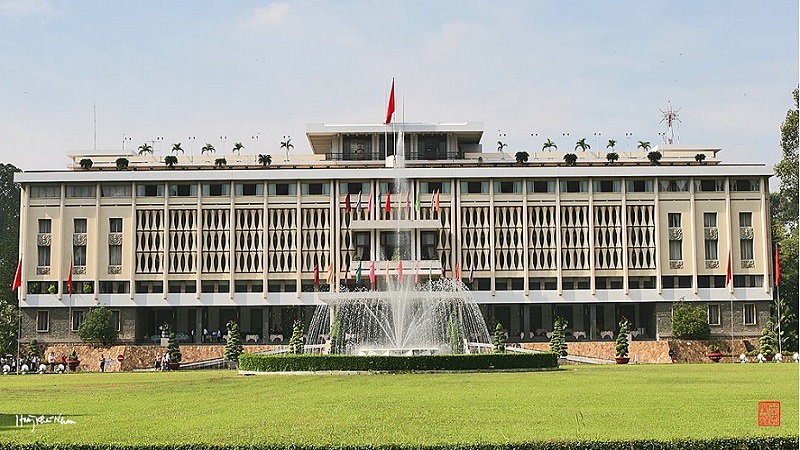
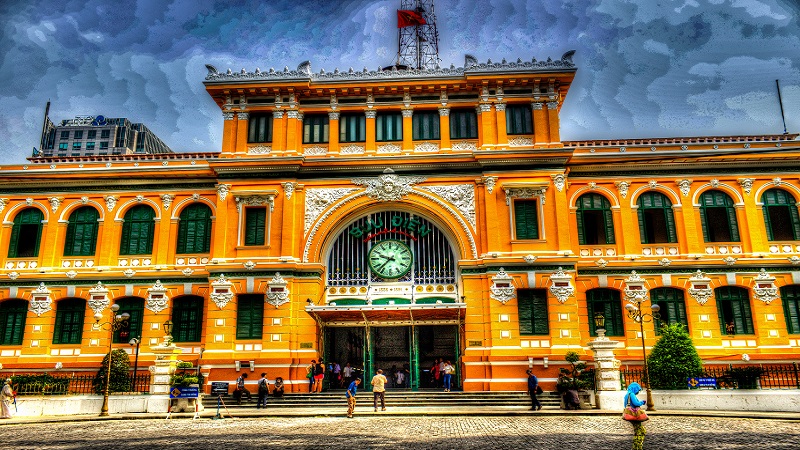
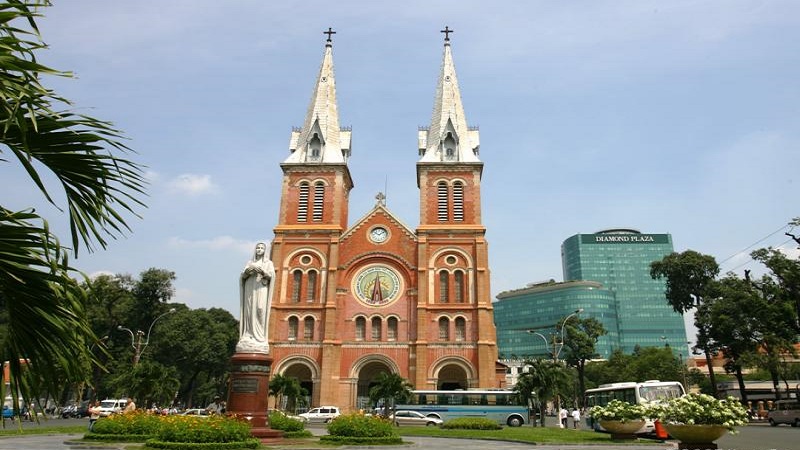
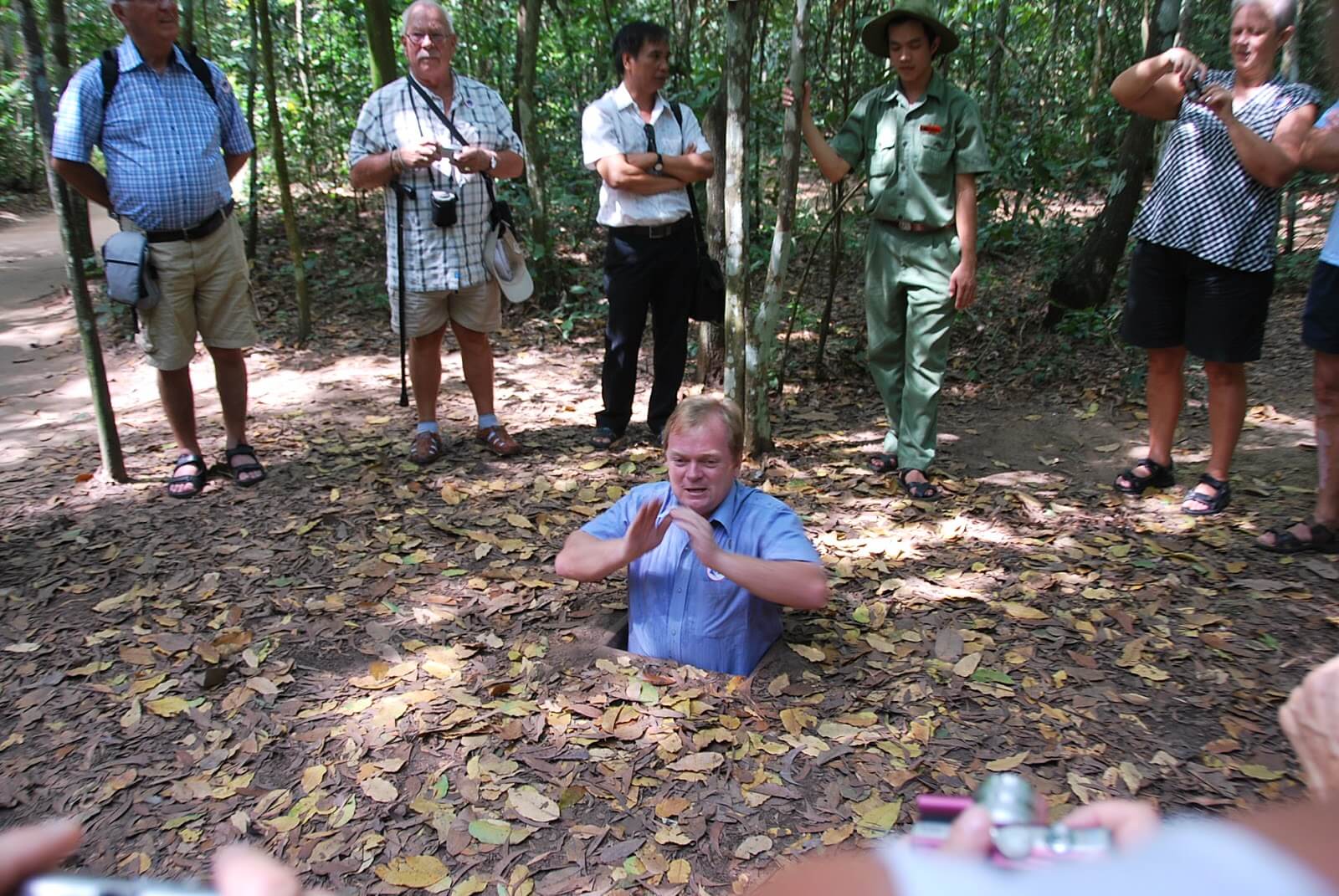
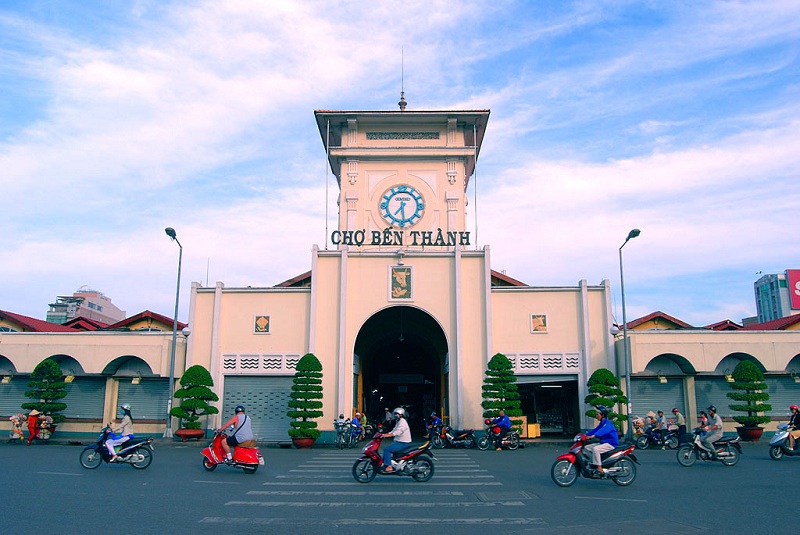
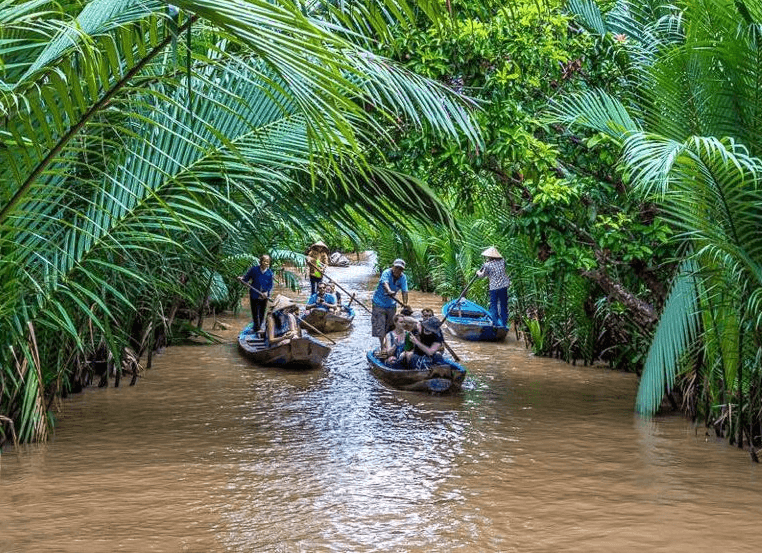
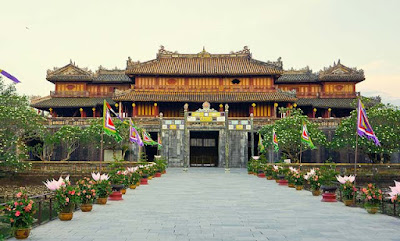

Comments
Post a Comment